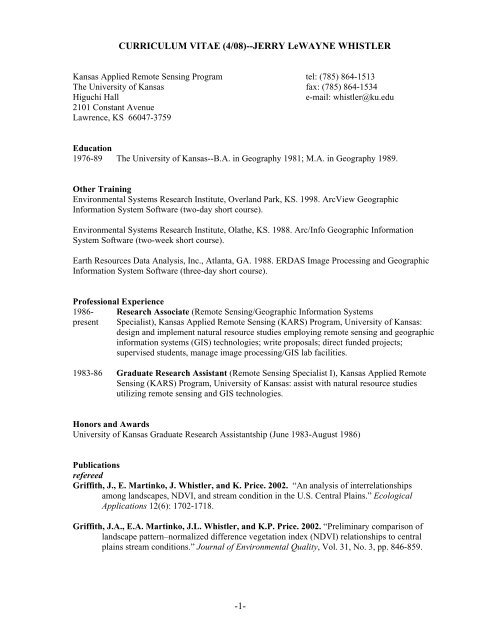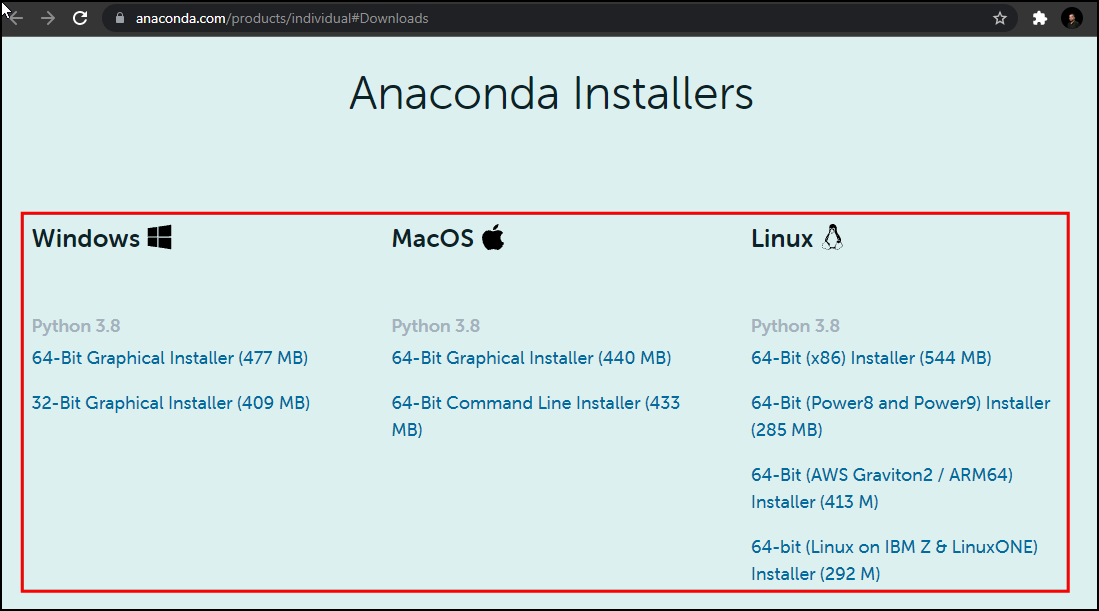

In the 14 th District, an analyst recommended informing the community about nearby house break-ins in 2013 after noticing that 24 percent of burglaries occurred in a single quadrant. In just one year, the analysts have collected several examples of positive results. The goal of the program, says D’Abruzzo, is getting people to understand the purpose of the hotspots, not just putting the dots on the map.

Soon the department asked district captains to nominate officers for training in data analysis at Temple University’s Center for Security and Crime Science so they could become local crime experts in their districts.Īs of January 2014, 26 police officers have been trained as data analysts to serve the 21 districts across Philadelphia-each district now has at least one analyst. As part of that program, Anthony D’Abruzzo, research and information analyst at the police department, was hired as the sole dedicated crime analyst in 2010.Ībruzzo quickly discovered that one person isn’t enough for the entire city.

A 2009 experiment in the city found that increased foot patrols in hotspots-geographic regions as small as one block with a higher-than-average crime rate-correlated with a 23 percent decrease in violent crime over three months relative to areas without increased foot patrols.īased on that experiment, the department submitted a grant proposal to the Smart Policing Initiative for a large-scale, randomized hotspot experiment. Hotspot policing has long been a key component of the Philadelphia Police Department. Recent adoption of more rigorous analytical models, such as GIS mapping and predictive analysis, means that police departments can find more subtle trends in crime and draw scientific conclusions about their causes. Rigorous data analysis in policing has been around since 1995, when the practice of analyzing crime data for geographic patterns to identify crime “hotspots” was first enabled by the introduction of CompStat, a management model that tracks crime locations and case statuses while enabling a rudimentary level of analysis. In 2013, previously high-crime areas of the city experienced startling drops in crime, thanks to the careful application of data analysis and a newly appointed staff of dedicated police-officers-turned-analysts. One of the cities turning around crime rates through the SPI program is Philadelphia. And when you can see a statistically significant difference in a place that has been resistant to all police attempts to solve the problem for years, that speaks volumes.”

“We go to the really challenging problem. If you believe there’s no such thing as too much information, search for data analyst internships below.“There are some places where there have been dramatic reductions in violent crime, and in places that have been, for 20 years or more, the most persistent, chronic violent spots in these cities,” says James Coldren, Jr., principle research scientist at the CNA Corporation Institute for Public Research. Another bonus? Computer scientists (who generally have an advanced degree) make a median annual salary of $118,370, while operations research analysts make $83,390. All sorts of businesses hire data analysts, including consulting, software, healthcare, education, finance, manufacturing, and technology companies. Once you’ve completed an internship (or three), you’ll be ready for a full-time data analyst or data scientist career. To land the data analyst internship of your dreams, you’ll need hands-on data analysis and modeling experience, database management experience, and familiarity with basic programming languages (such as Java, SQL, R, and Python).ĭata analysts are in demand, with employment in computer and information research science projected to grow 11% over the next decade, according to the Bureau of Labor Statistics. In addition, you might generate reports, build dashboards, and troubleshoot inconsistencies. Data analyst interns provide vital business support by extracting, mining, cleaning, and analyzing data. If you live for facts, figures, and formulas, a data analyst internship could be your algorithm for career success.


 0 kommentar(er)
0 kommentar(er)
